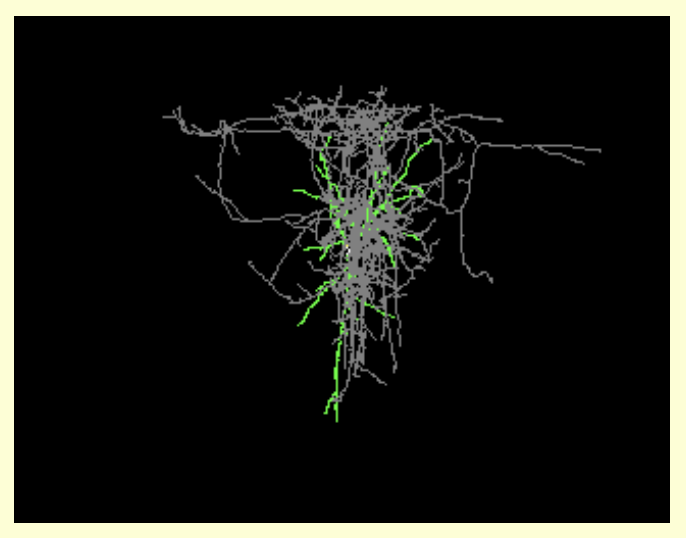Field Museum of Natural History Biomolecular Clean Laboratory Core Facility (RRID:SCR_026364)Copy Citation Copied
Proper Citation: Field Museum of Natural History Biomolecular Clean Laboratory Core Facility (RRID:SCR_026364)
Description: Facility dedicated to study of degraded and low DNA yield samples, such as environmental DNA, historical DNA, or ancient DNA. Offers positive pressure lab spaces that follow strict decontamination procedures to prevent human, bacterial, and fungal contamination. It is physically isolated from tissue samples or polymerase chain reaction (PCR) products to avoid contamination from samples with higher DNA concentration and quality. The space has dedicated equipment necessary for DNA extraction and PCR-free sample preparation.
Resource Type: access service resource, core facility, service resource
Keywords: ABRF, study of degraded and low DNA yield samples, environmental DNA, historical DNA, ancient DNA,
Expand Allis listed by |
We found {{ ctrl2.mentions.total_count }} mentions in open access literature.
We have not found any literature mentions for this resource.
We are searching literature mentions for this resource.
Most recent articles:
{{ mention._source.dc.creators[0].familyName }} {{ mention._source.dc.creators[0].initials }}, et al. ({{ mention._source.dc.publicationYear }}) {{ mention._source.dc.title }} {{ mention._source.dc.publishers[0].name }}, {{ mention._source.dc.publishers[0].volume }}({{ mention._source.dc.publishers[0].issue }}), {{ mention._source.dc.publishers[0].pagination }}. (PMID:{{ mention._id.replace('PMID:', '') }})
A list of researchers who have used the resource and an author search tool
Find mentions based on location

{{ ctrl2.mentions.errors.location }}
A list of researchers who have used the resource and an author search tool. This is available for resources that have literature mentions.
No rating or validation information has been found for Field Museum of Natural History Biomolecular Clean Laboratory Core Facility.
No alerts have been found for Field Museum of Natural History Biomolecular Clean Laboratory Core Facility.
Source: SciCrunch Registry





